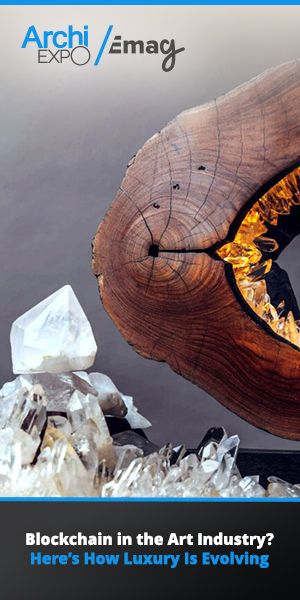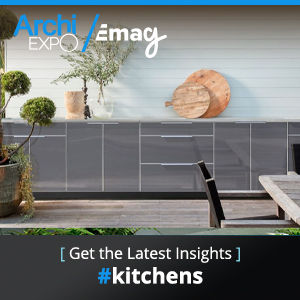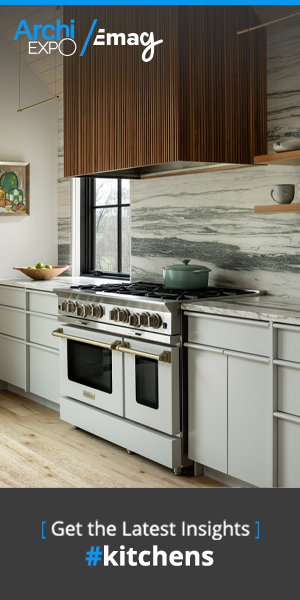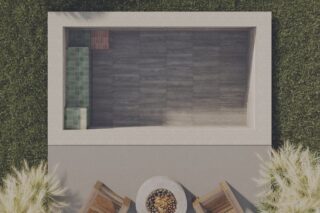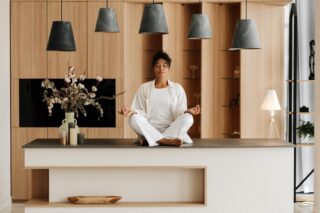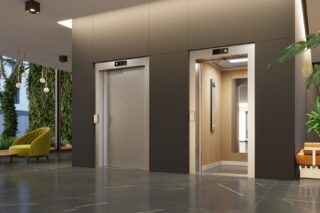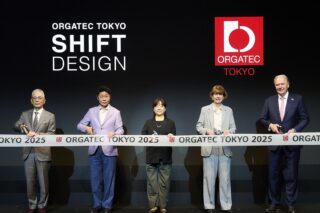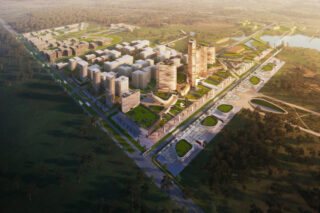Not all eco-homes are smart homes, in tech terms, but certain smart technology can render the home eco-friendly by minimizing energy consumption and conserving water.
Can our two major trends of adopting an eco-friendly lifestyle and plunging deeper into an all-things-connected society mingle together, peacefully, within the home?
Architects have been implementing different sustainable solutions when planning the architectural design of homes for some time now. They’ve also been looking to tech designers who develop smart home devices considered IoT (Internet of Things) in order to consider proposing such products to clients. While certain smart devices can improve the home’s eco-friendliness, others might not.
By the end of last year, Amazon noted that tens of millions of smart devices were already connected to Alexa and that more than 28,000 smart home devices among 4,500 unique brands are compatible with Alexa—a 600% increase over 2017, as described in Forbes.
The inevitable future of integrating smart technology in basically everything has us wondering: Are smart homes actually eco-friendly?
Minimizing Energy Consumption and Conserving Water
Smart homes are meant to be a better way to manage the demands of daily living through technology, reducing energy demand in households as part of a wider transition to a low-carbon future. The socio-technical view is that the smart home is the next wave of development in the ongoing electrification and digitalization of everyday life.
A home can be eco-friendly without being “smart”, but some IoT devices—such as smart heaters, light switches and more—can make a home eco-friendly by helping to save on energy and water usage.
The unique wall “switch” Brilliant Control, for example, remains connected to Wi-Fi and allows homeowners to control the various smart devices in their home. It has a 5-inch color touch screen that allows the user to control the lighting and set thermostat temperatures in different spaces, saving up on energy costs. Depending on the option selected, it can control up to four different lights and all other smart devices.
Ecobee4, a smart heating and cooling device, is another product that helps minimize energy use with its remote sensor that helps reduce hot or cold spots in different rooms. The Brilliant Control and Ecobee4 can both be controlled by using Alexa or Amazon’s Echo as well as Google Home and Google Assistant.
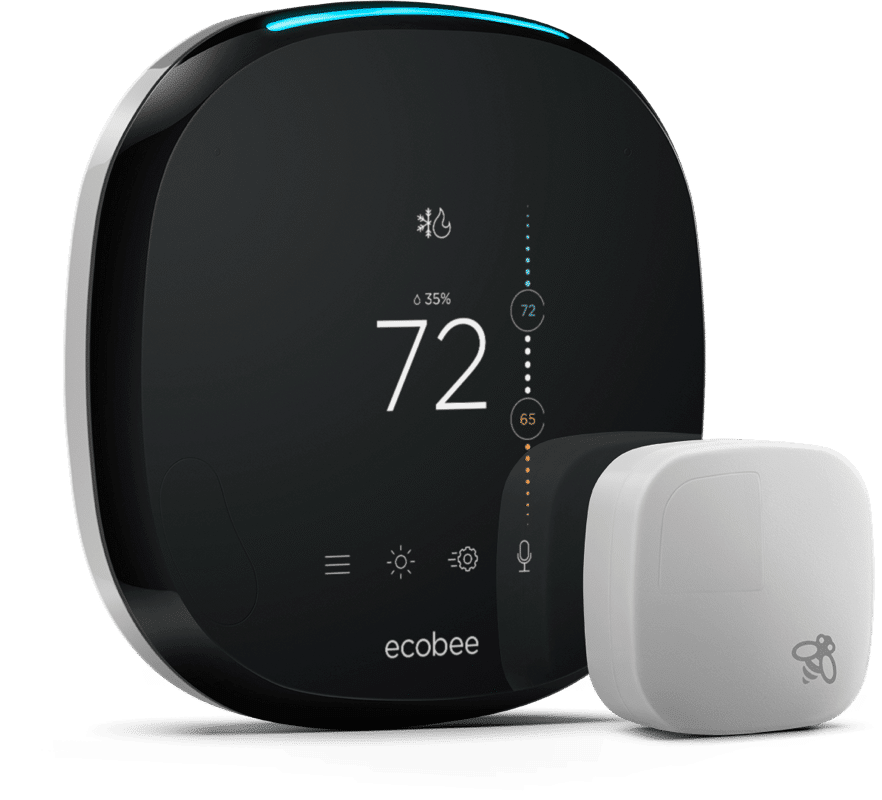
One room where we use a lot of water throughout the day is the bathroom. The Connected Shower by French start-up INMAN is a smart shower device that regulates the flow of water and can help limit the amount of water that flows. Similarly, Toto’s NEOREST NX2 Intelligent Toilet with ACTILIGHT conserves water with its TORNADO flushing technology, avoiding water wastage.
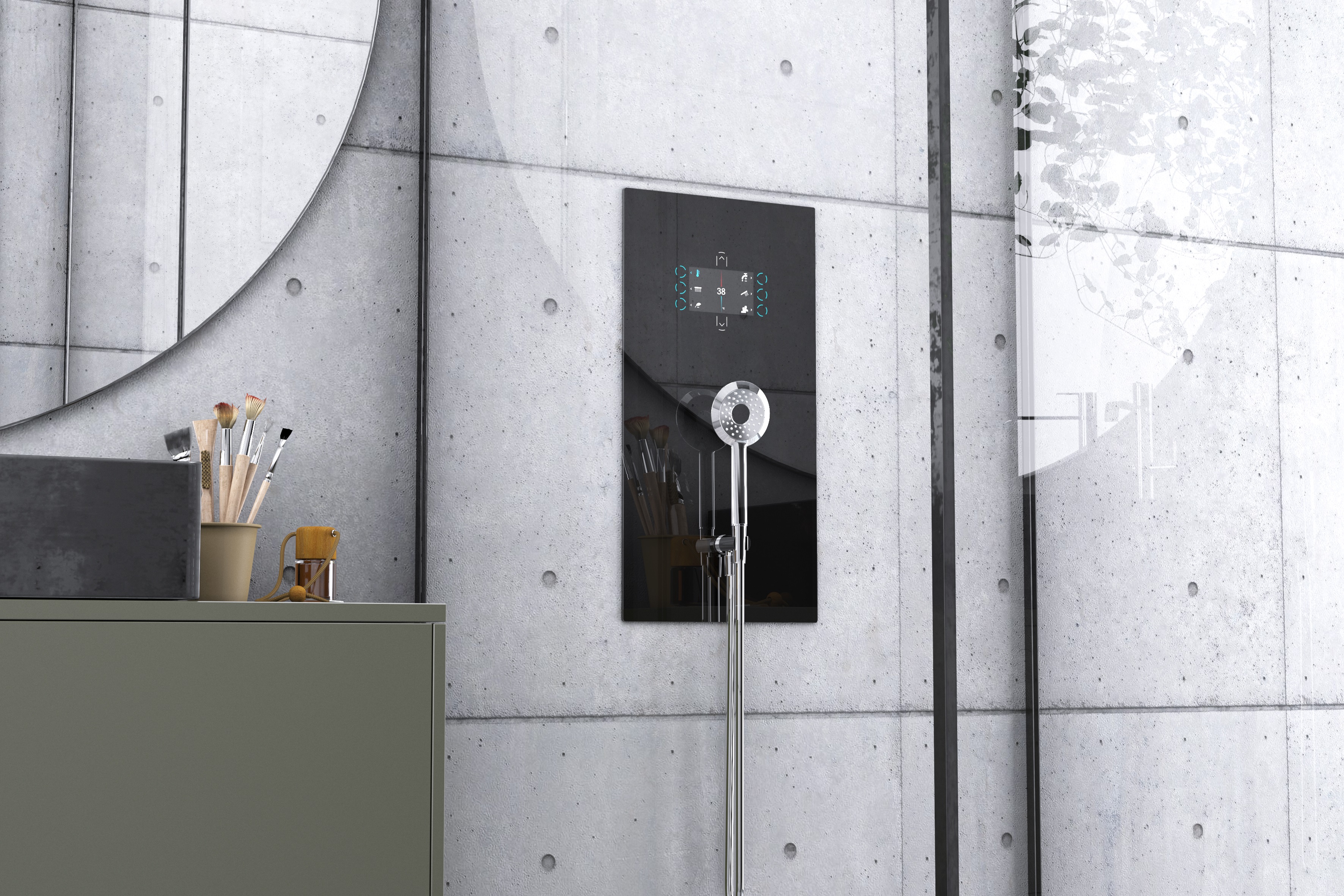
Eco-houses Are Not Necessarily “Smart”
Energy efficiency is a priority in any home. Architecture firms like The Turett Collaborative conserve energy through innovative building practices. The firm’s recently completed Greenport Passive House [September 2018], in New York, demonstrates the eco-home perfectly: It was built to passively maintain comfortable temperatures year round without investing in petrol-based heating systems or energy-intensive air conditioning units. Passive buildings typically consume up to 90% less heating and cooling energy than conventional buildings, delivering significant emissions savings.
“If I had installed solar panels, it could probably be a net zero house as well,” Wayne Turett, Principal of The Turett Collaborative said in an interview with Heading Out.
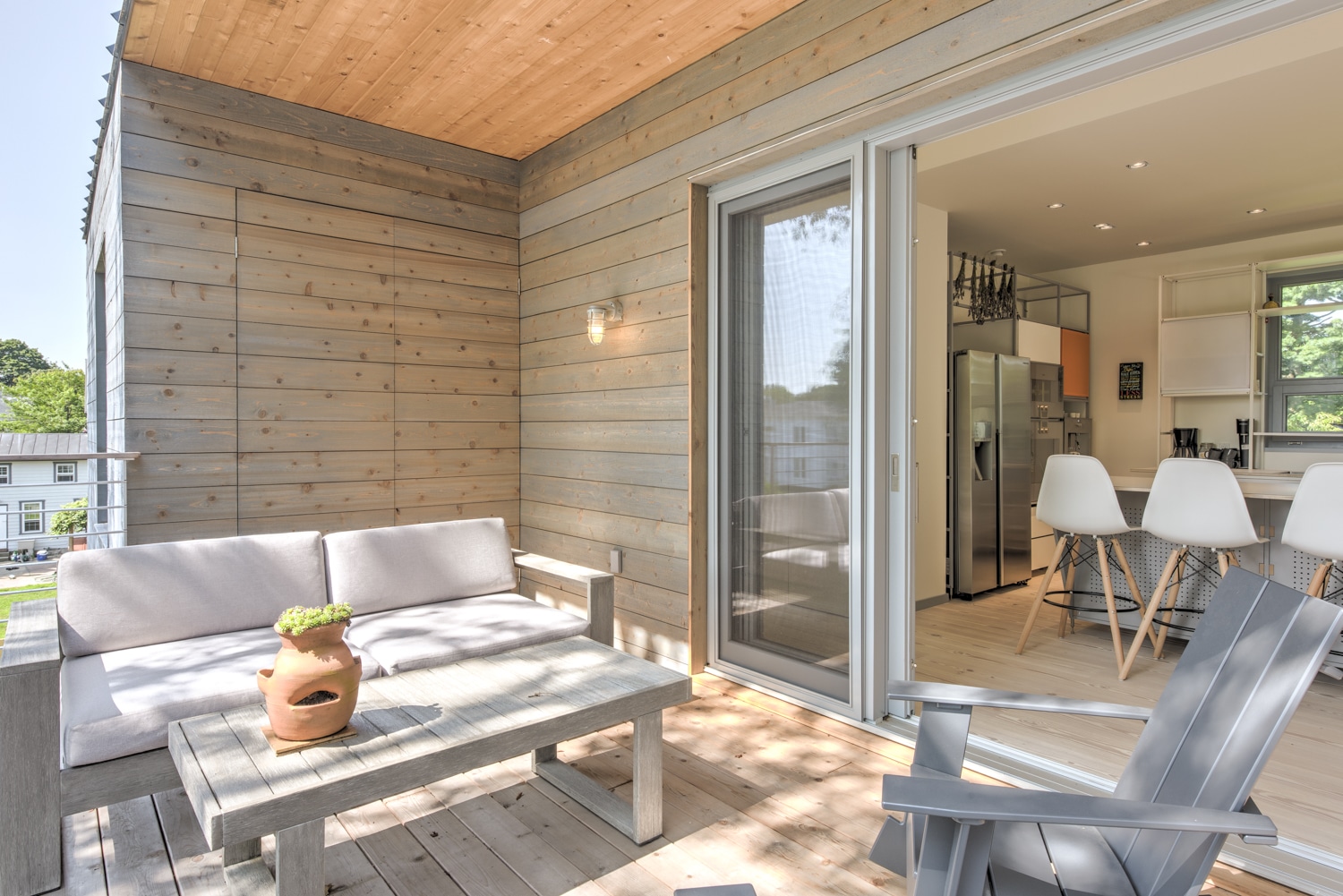
TOTO sponsored the Aspire Design Tour panel discussion that took place on May 14 at 5:30 pm with Wayne Turett; Arlene Angard, gallery owner and designer; Danei Cesario, healthcare architect at Array; and Janice Parker, landscape architects principal. The panelists spoke about how to enhance the wellbeing of clients as well as the planet when creating spaces. We see how connected and collaborative the two worlds, of sustainability and IoT, must be for a better tomorrow, and the Greenport Passive House actually incorporates smart technologies. Talia Shulze from Turett wrote to ArchiExpo e-Magazine:
“The lighting is all LED and is controlled using the Lutron Caseta system. The mechanical equipment can be controlled by my phone and there is a hot water recirculation loop which saves water.”
Architecture and design firm, Alterstudio has also built an AIA (American Institute of Architects) award-winning eco-house called the South 5th Residence in Austin, Texas which saves up on energy usage with its wide glass walls and window awnings that lets in natural light during the day without using smart lighting or traditional lighting inside the home. The South 5th Residence incorporates certain technologies such as foam insulation, wiring for solar panels to collect water and high-efficiency HVAC systems; however, we learned from an interview with Kevin Alter of Alter Studio that the house is ‘smart’ more for its design than its technology. He wrote that the house is sited to maximize its solar orientation and to capture breezes, while it is also situated in and around its natural environment.
“For example, designing around the Durand Oak, in addition to saving it, celebrates the out-of-doors at the same time as taking advantage of its inherent shading opportunities. The house is organized to encourage an easy flow from inside to out, and carefully designed spaces such that the overall size of the house can be modest but still feel expansive. Moreover, the decision to live in a smaller, centrally located home allowed for the family to walk rather than drive—their one car now only used occasionally—and reduce their overall carbon footprint in a number of consequent ways.
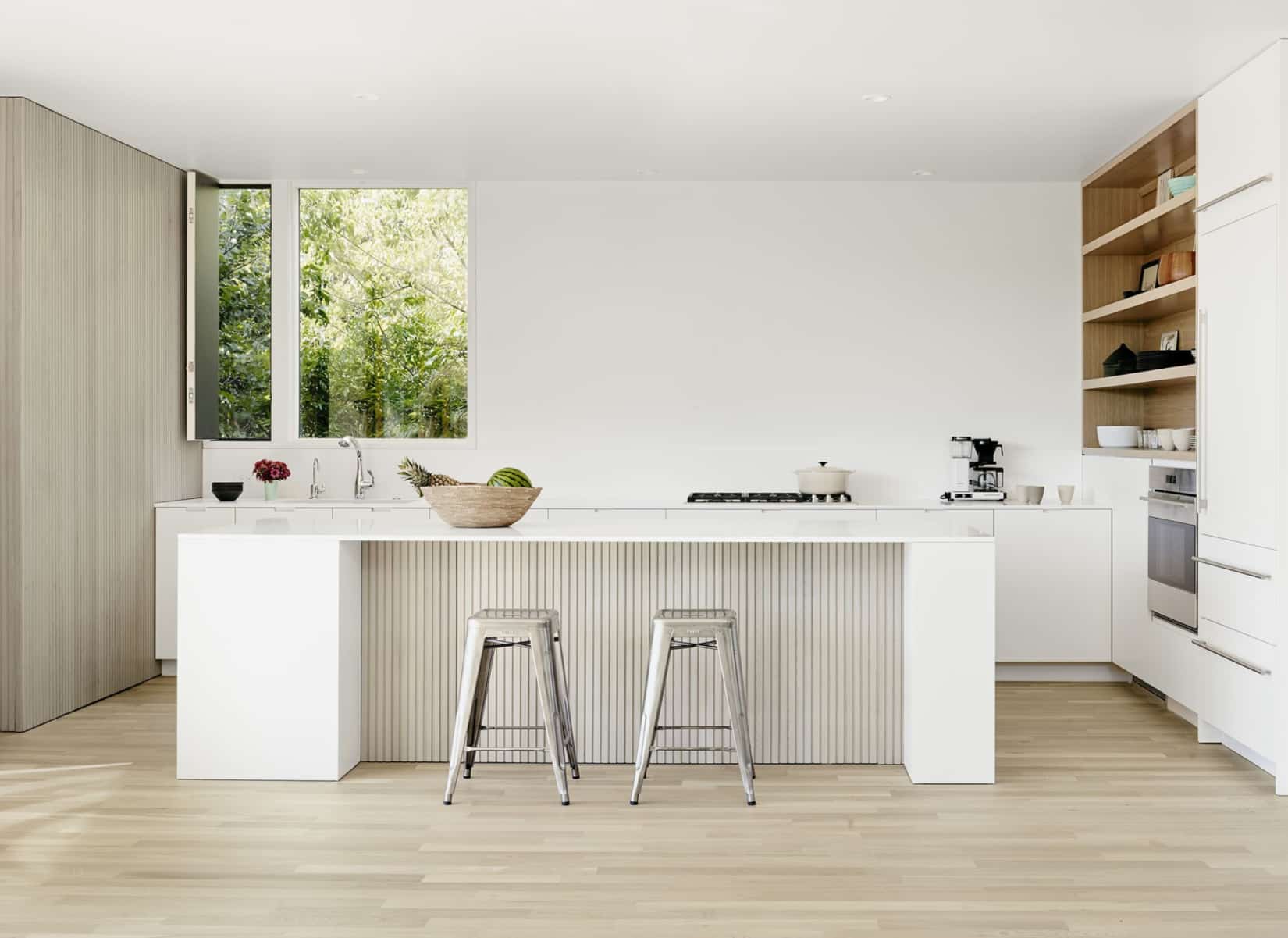
So whether you plan to build an eco-home and save the environment by decreasing energy consumption or have a modern home equipped with the latest smart technology that conserves energy and conserves water, it can seem like a win-win situation for all. However, Kevin Alter expressed his concern with relying too much on technology when he wrote to ArchiExpo e-Magazine:
“As architects practicing in the 21st C, it would be foolish not be concerned with every aspect of sustainability and take advantage of many different kinds of smart technologies. That said, we balance these concerns with other concerns of design, economics and social life—we believe that the most ecologically engaged homes are much more than technological solutions. We aim to elevate the environment in so many ways at the same time as trying to do no harm.”
Interestingly, homeowners aren’t so quick to incorporate smart devices into their home, according to TechSee who also reports that despite the high sales many customers aren’t completely satisfied. IoT objects are perhaps not entirely necessary or equivalent to creating an eco-friendly house. Still, certain connected technology, as mentioned above, can support an eco-friendly design. Read the article Smart Home Market Analysis – Expectations vs. Reality to learn more.


